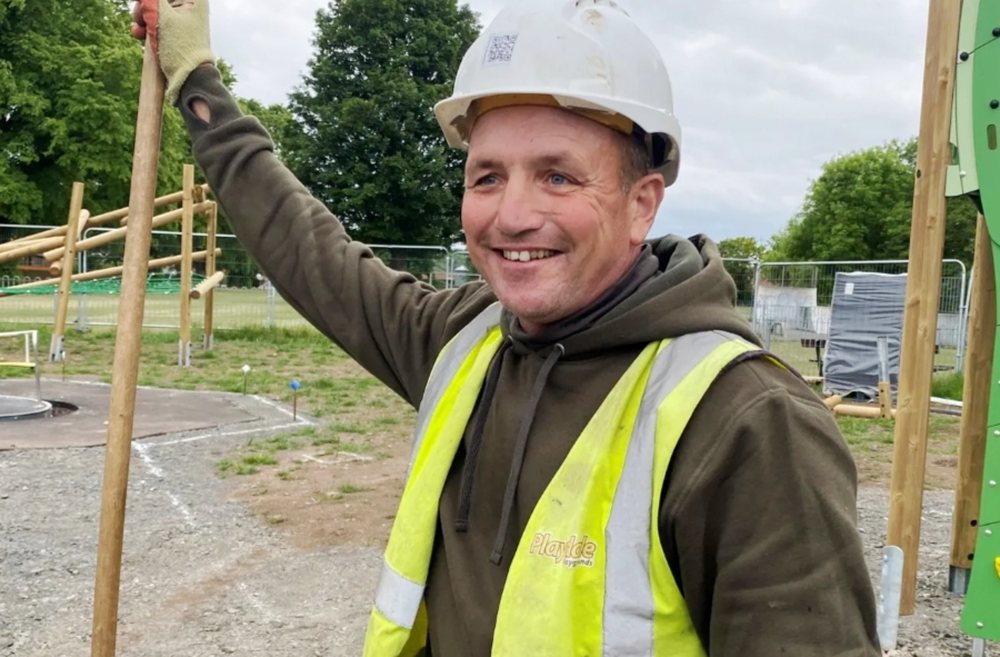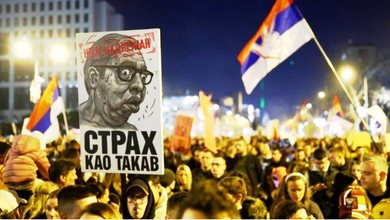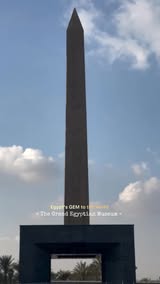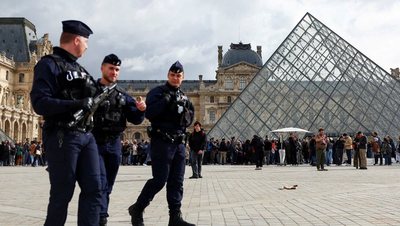
For decades, generations of children have happily run around in parks and playgrounds in Northumberland, unaware that World War II bombs lay beneath them. How did they end up there and why did no one know?
In January, Steven Parkinson had just started work installing new equipment at Scotts Park, in the town of Wooler, surrounded by the Cheviot Hills. As he was digging, he noticed something suspicious in the ground.
“It shocked us because it looked like a bomb,” he recalls with a slight smile, “but we didn’t know if it was active or not.”
During the first two days of excavation by the Brimstone Company, so many bombs were discovered that the entire park had to be opened up.
Steven notified the local council, but even Kerren Rodgers, Wooler council secretary, didn't know how to react:
“Dealing with a suspected bomb in a playground is not part of my job description,” she said humorously.
A demining unit from Catterick Garrison confirmed that the object was a World War II practice bomb, but it was initially thought to be an isolated incident. The next day, work resumed – until another device was found.
Brimstone, which has removed over 200,000 hazardous objects across the UK since 2016, continued with careful hand excavations and within two days found another 90 practice bombs – not active, but with explosive charges.
“They were all laid out in rows, carefully and deliberately,” says Adam Tanner of Brimstone.
With special equipment, the entire park was scanned and in the end, 177 bombs in total and large amounts of discarded metal were discovered.
Who planted them there? One theory is that the bombs were hidden by the Home Guard, a British volunteer organization during the war. But historian Alan Sture thinks it may have been regular soldiers, as the area was very important for military training. 2,000 troops were stationed at RAF Milfield, near Wooler.
Aerial photographs from 1948 and testimony from old residents of the city confirm the existence of an ammunition depot in the park, as well as the arrival of supply trains from a nearby railway line.
After the war, large quantities of weapons were dumped into the sea or hidden on land, as security was not a priority at the time.
“Health and safety didn’t exist in 1945,” says Prof. David Alexander of University College London. “It was just: ‘Let’s throw them in and get it over with.’”
Colin Durward, from the Blyth Battery military museum, says he has heard numerous stories of soldiers burying surplus ammunition after the war, from 3-inch mortars to thousands of rounds of ammunition.
Now the park has been re-paved and reopened on Friday. For councillor Mark Mather, born in Wooler, it is a huge emotional relief.
"I played in that corner as a child, running over those bombs – just 23 cm under my feet."
We'll never know for sure who put them there, or why... but I'm incredibly relieved they're no longer down there."






















